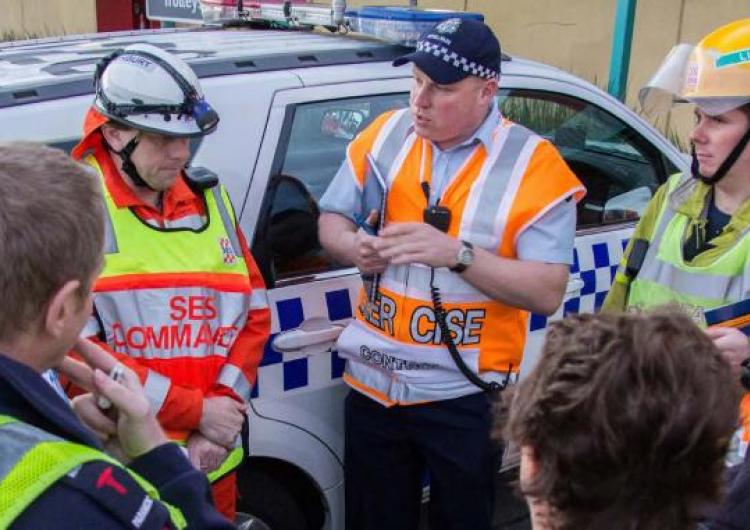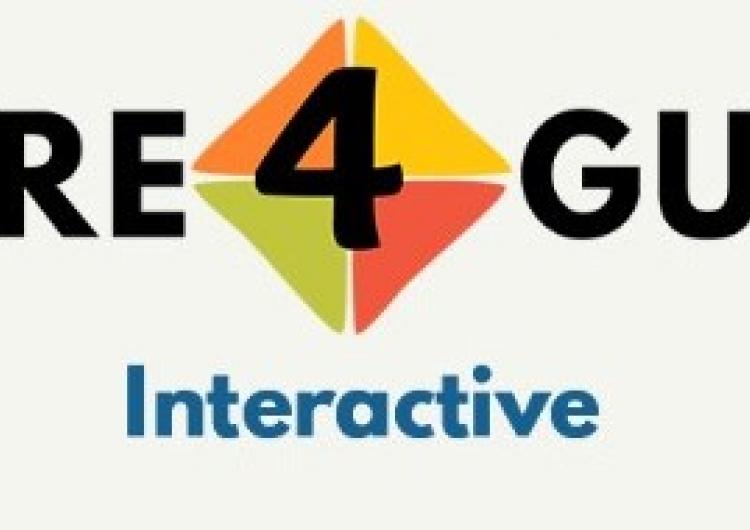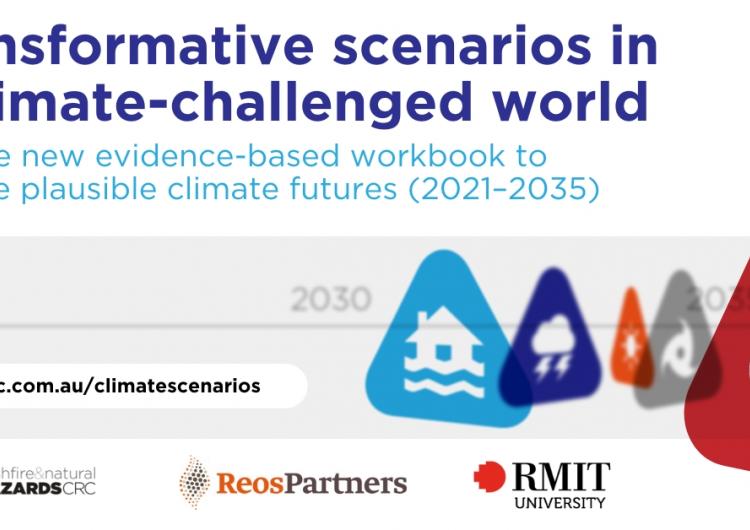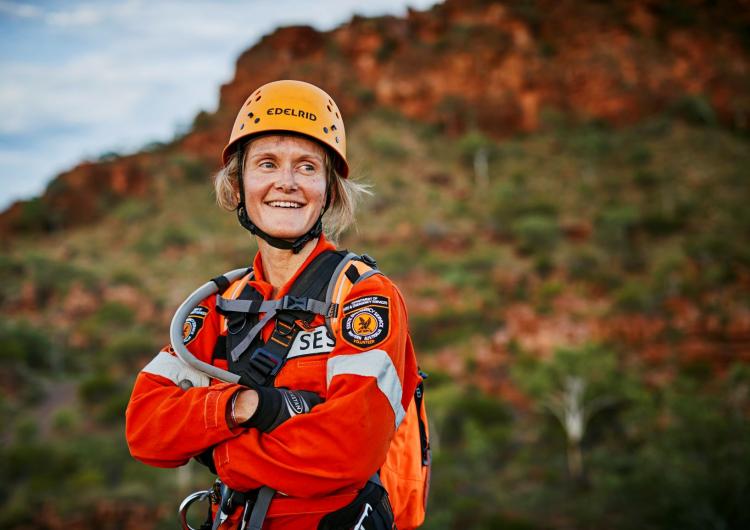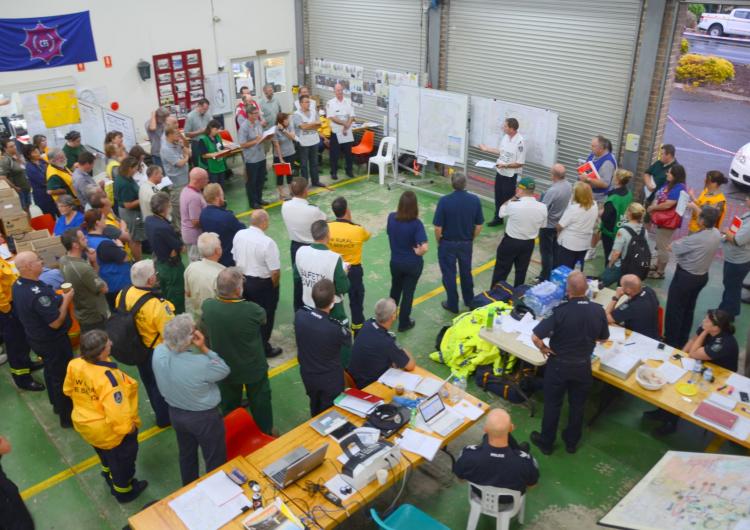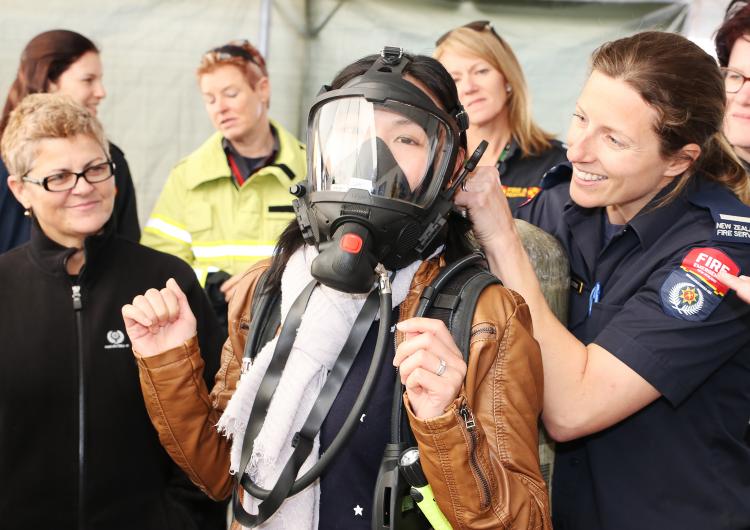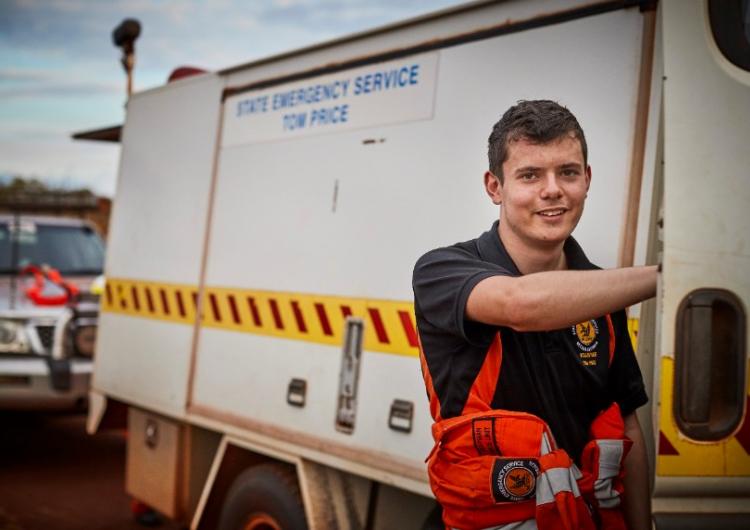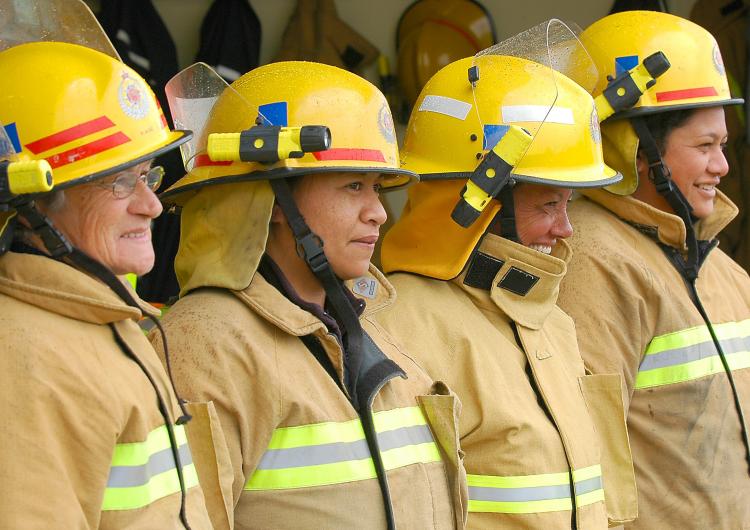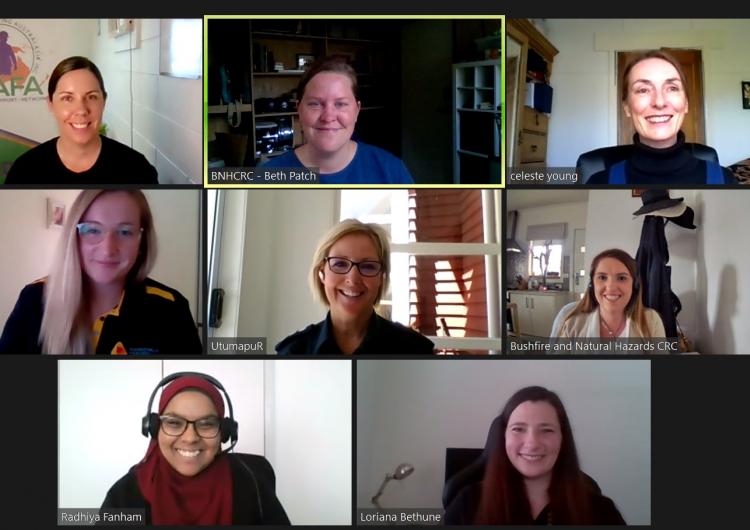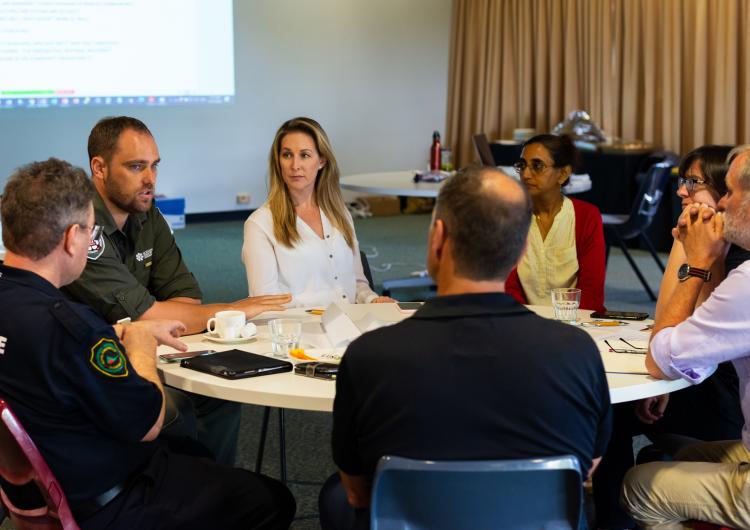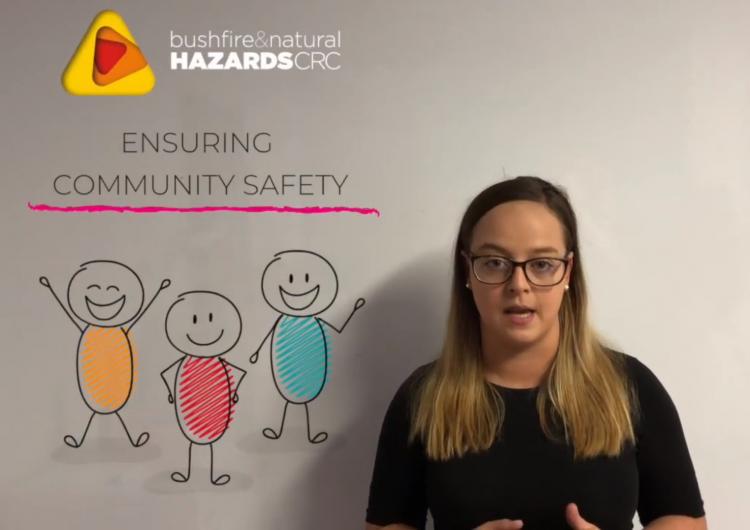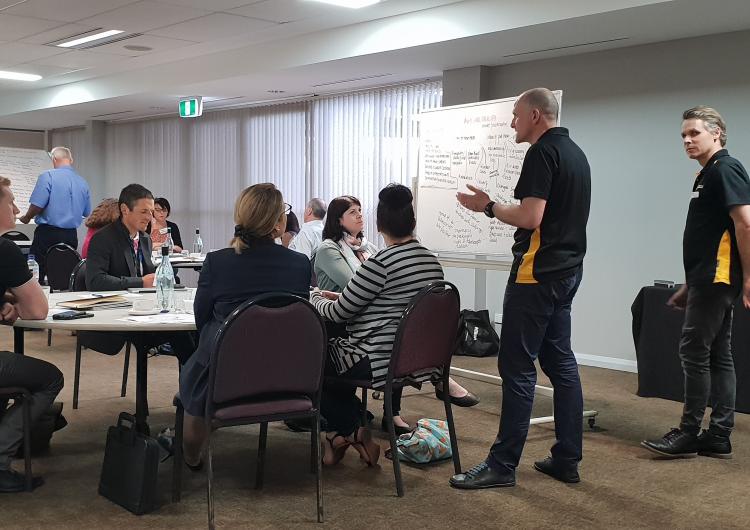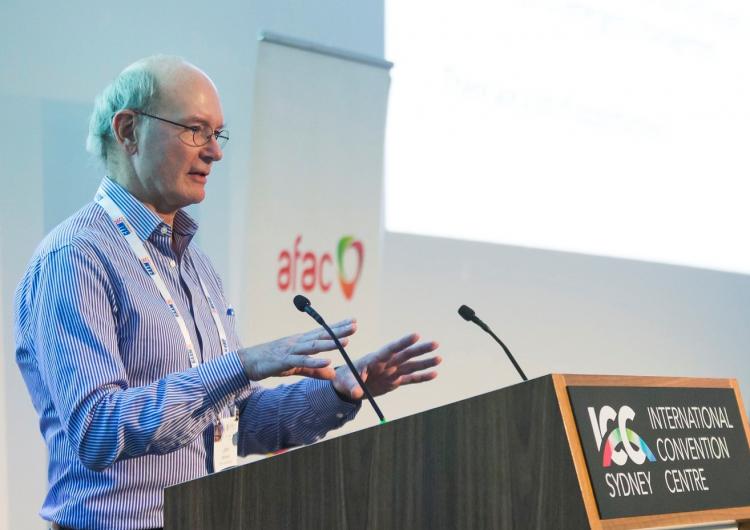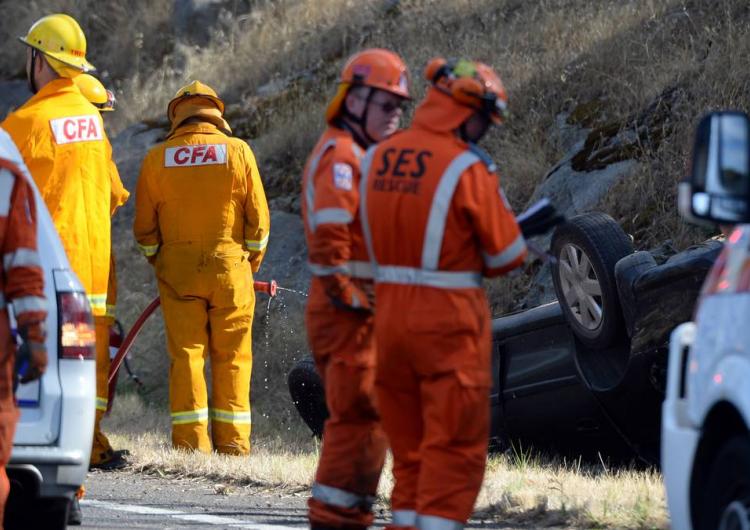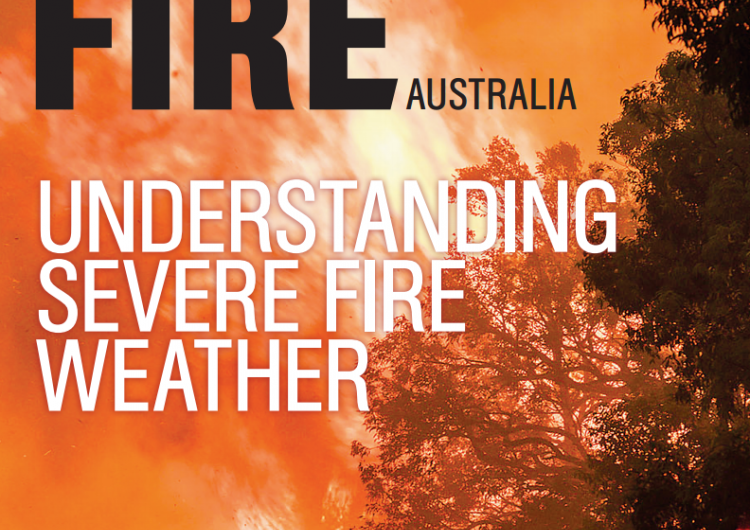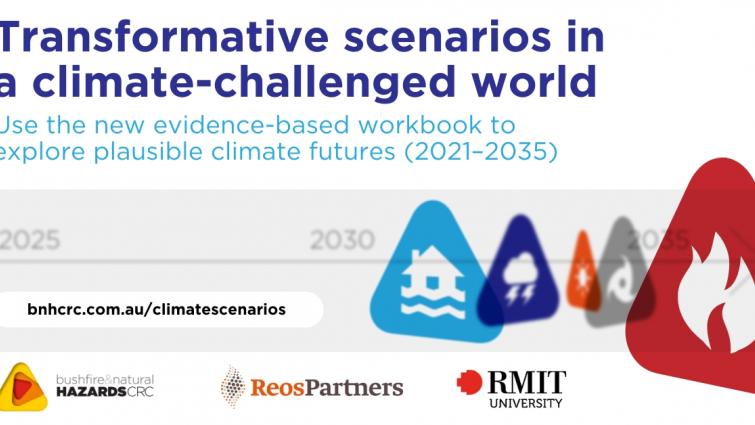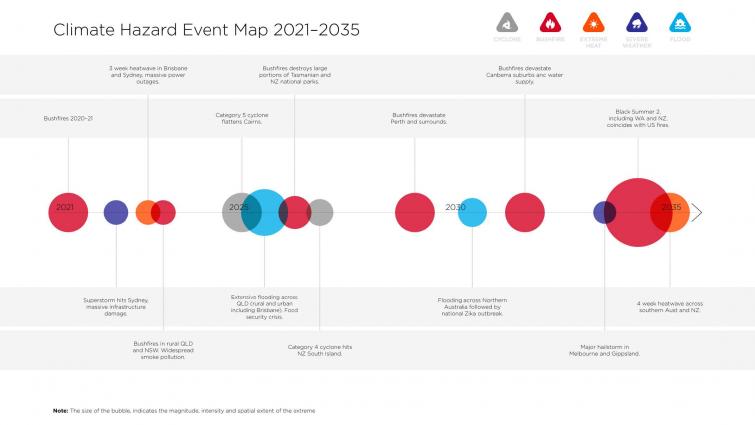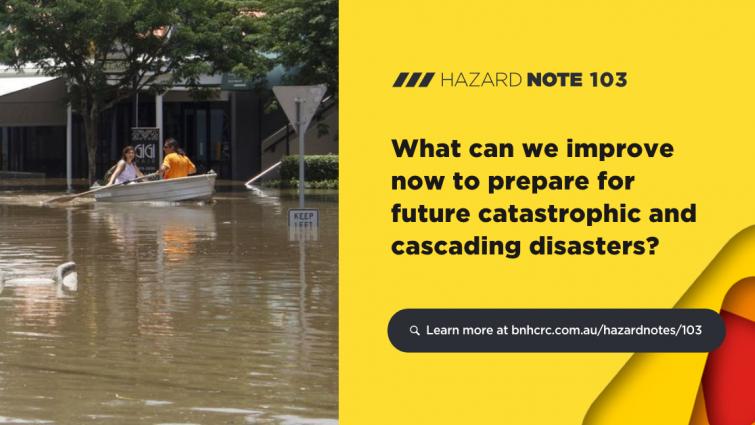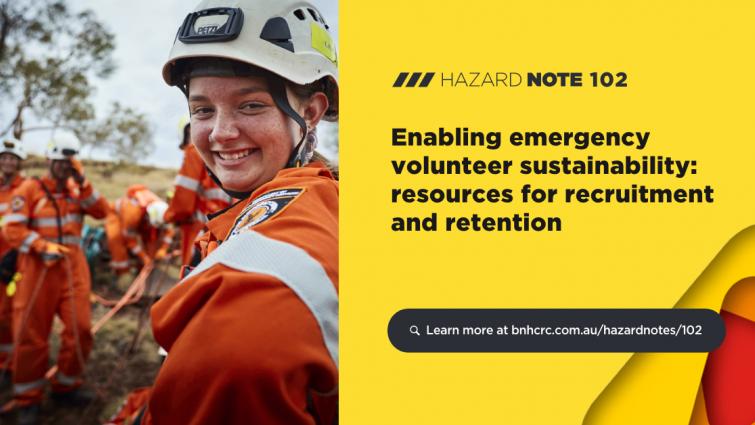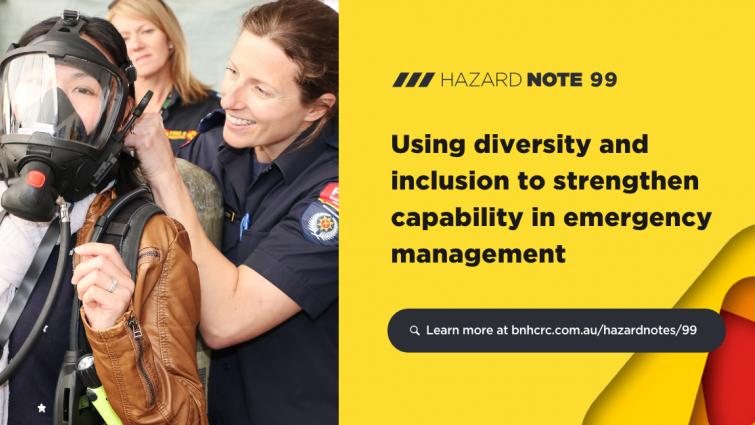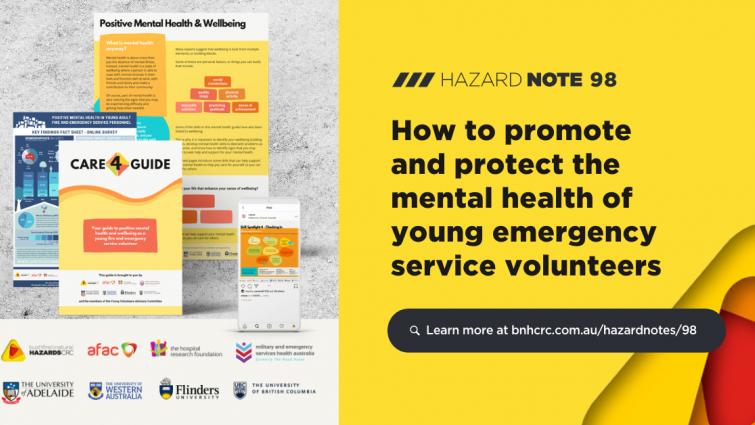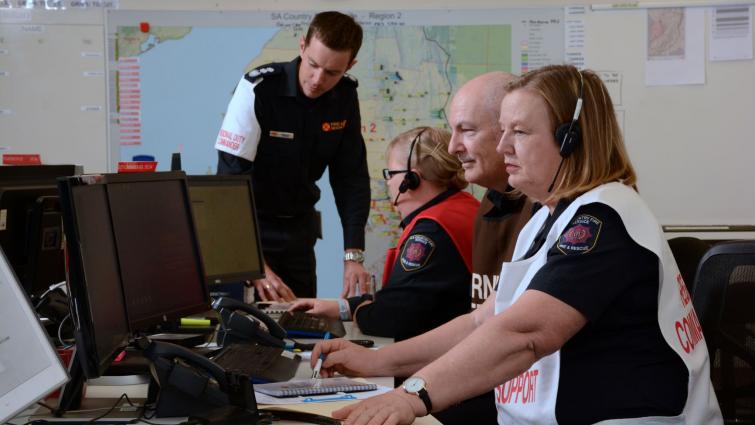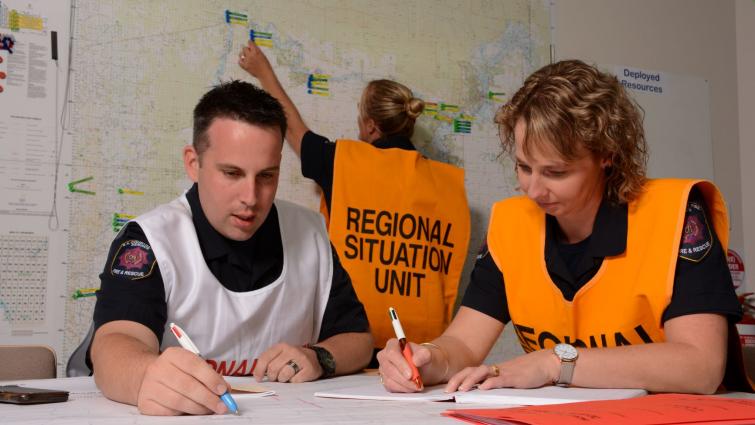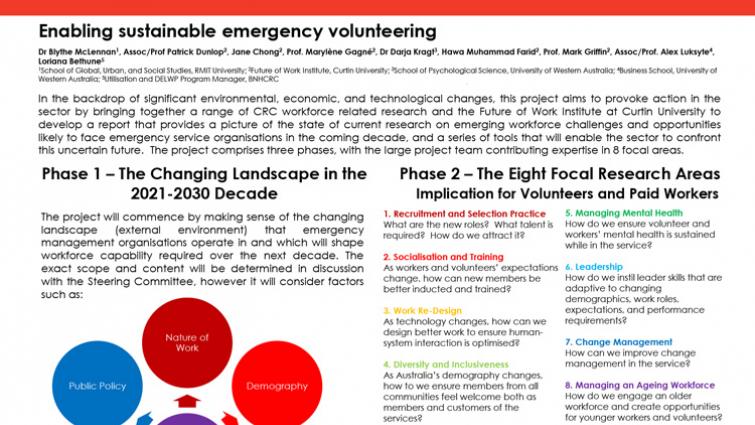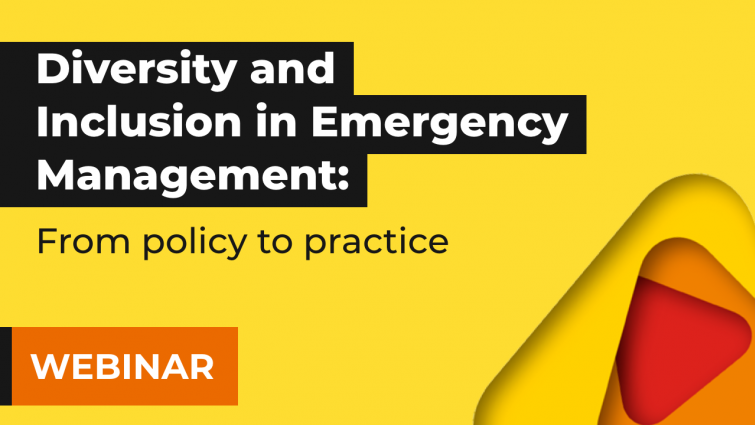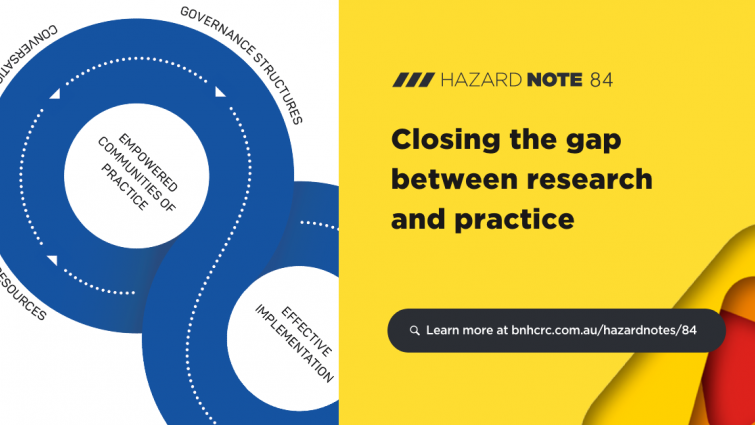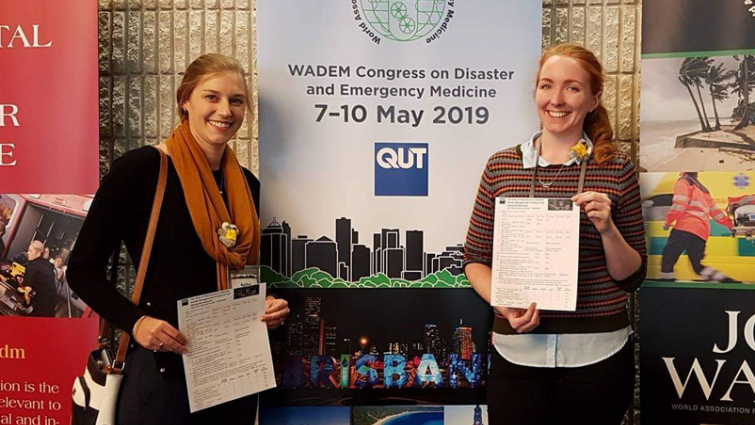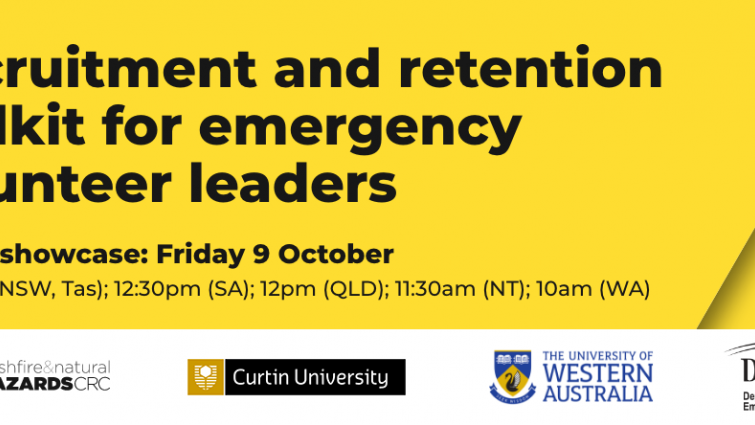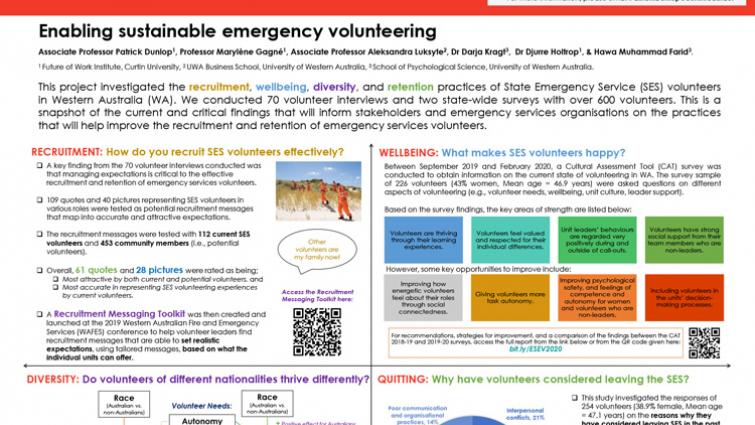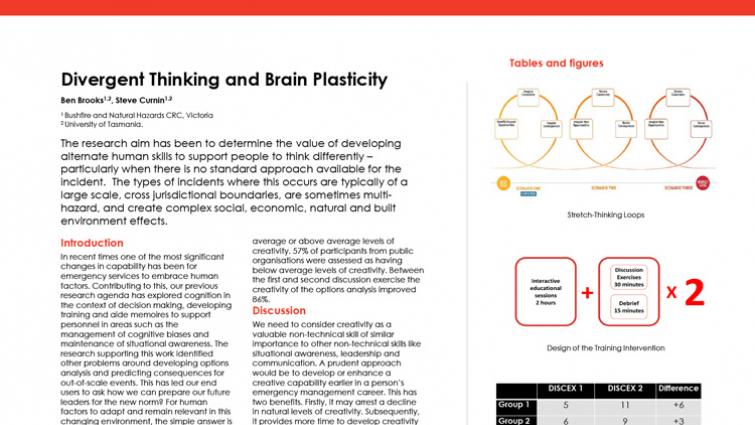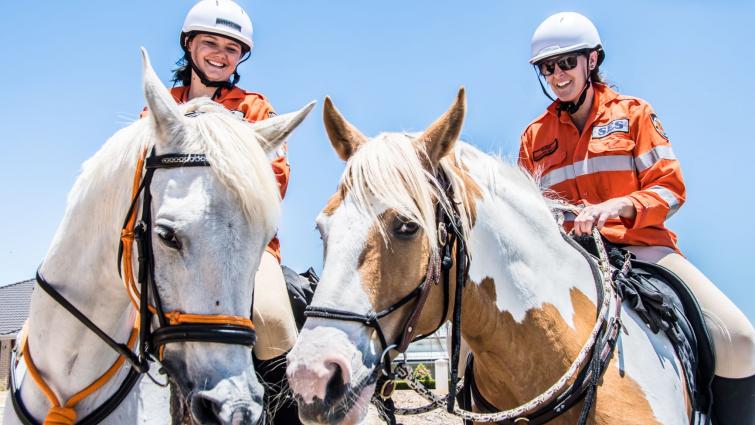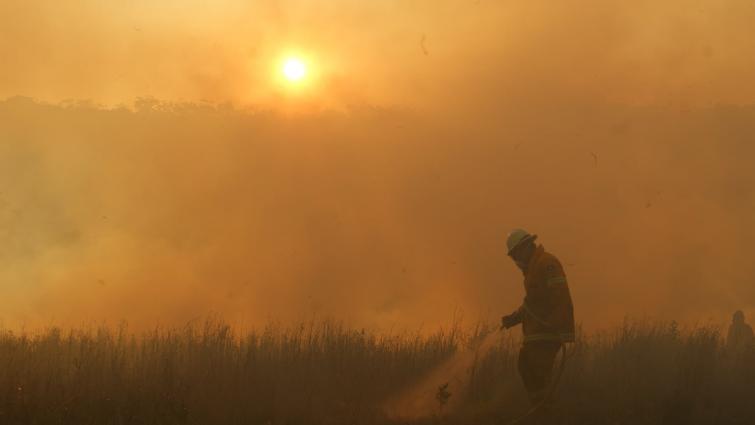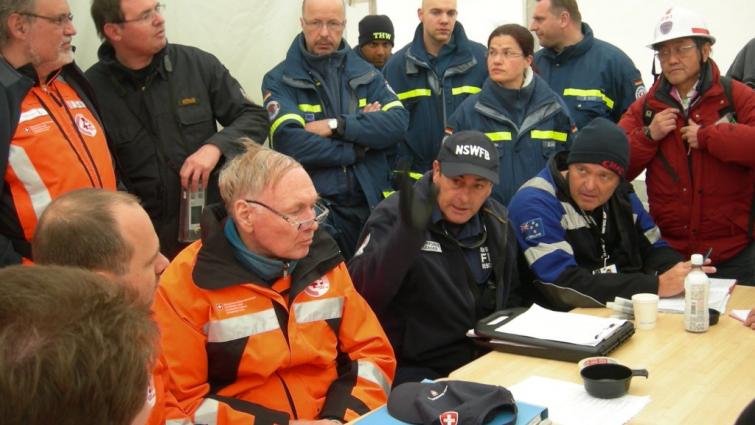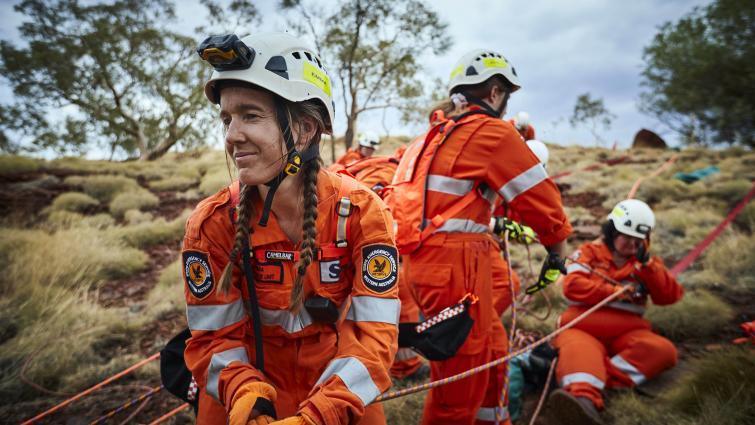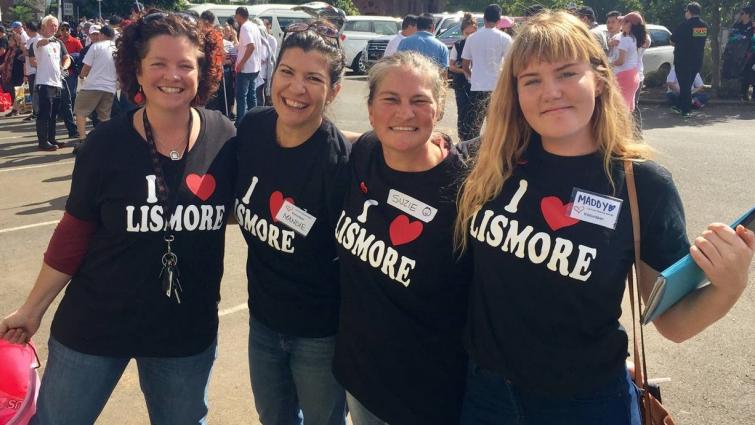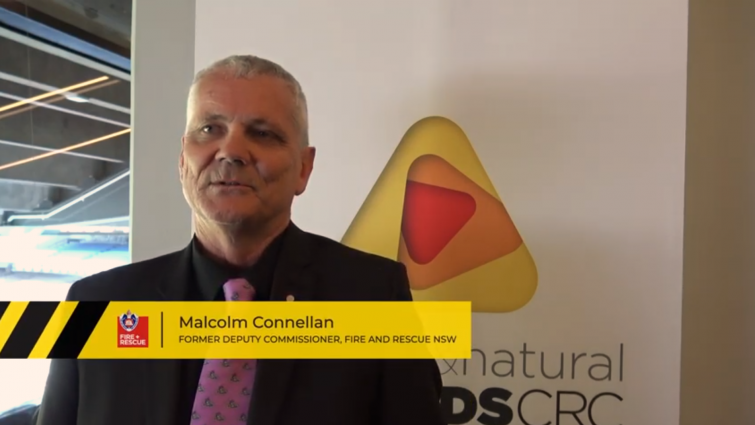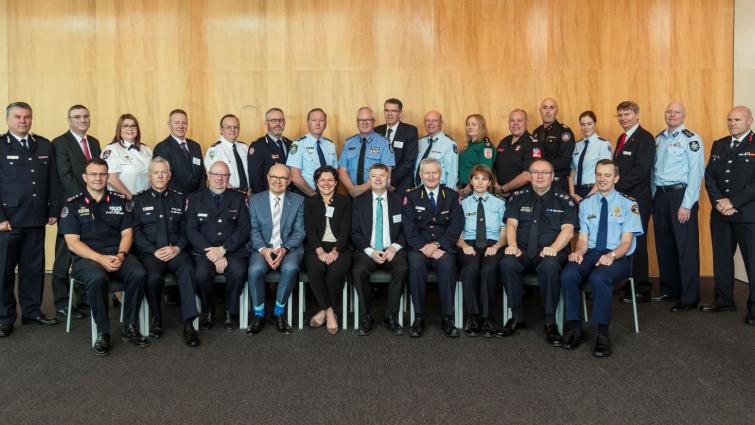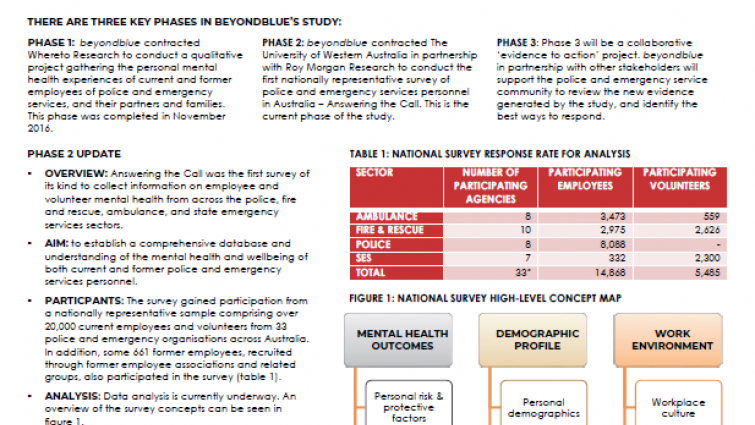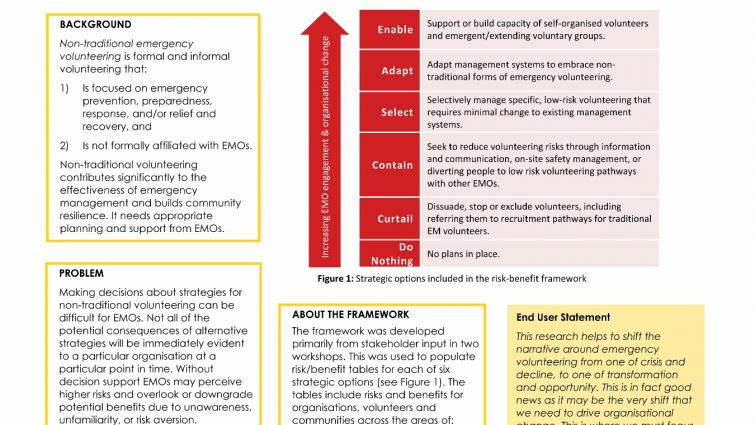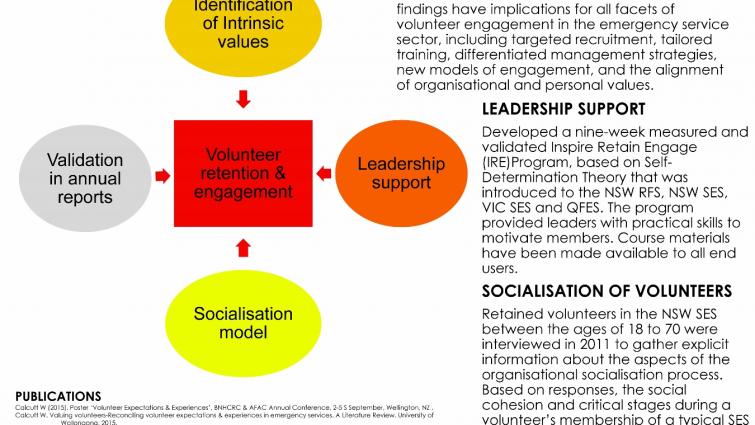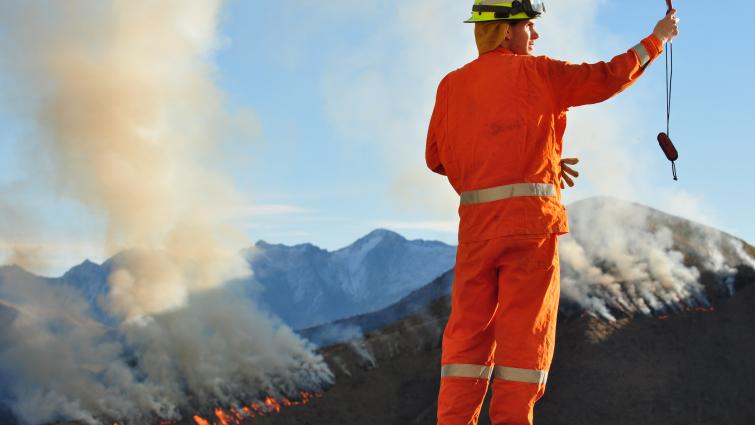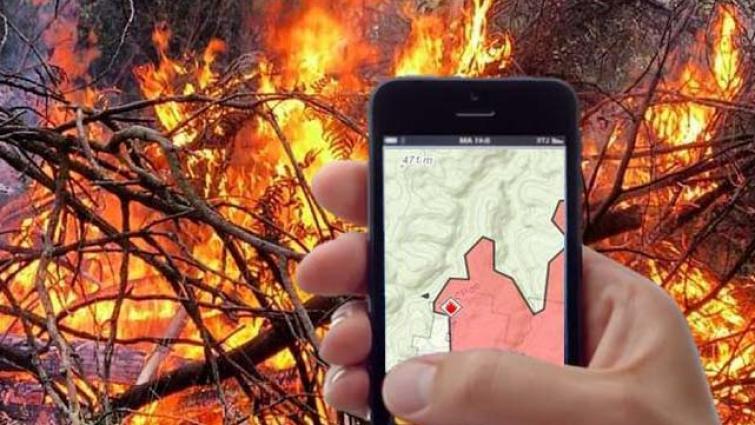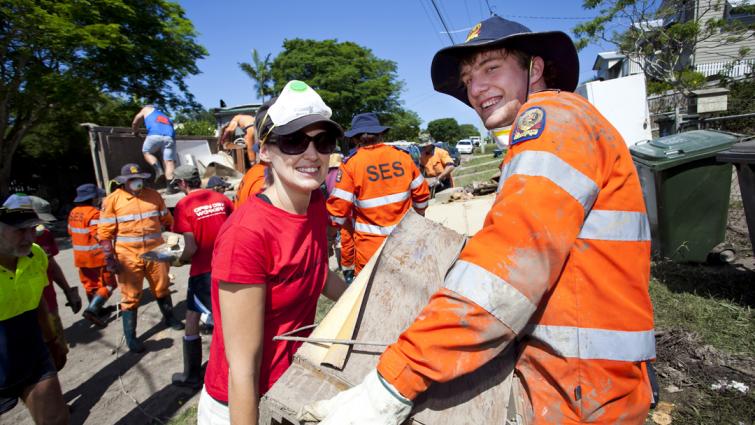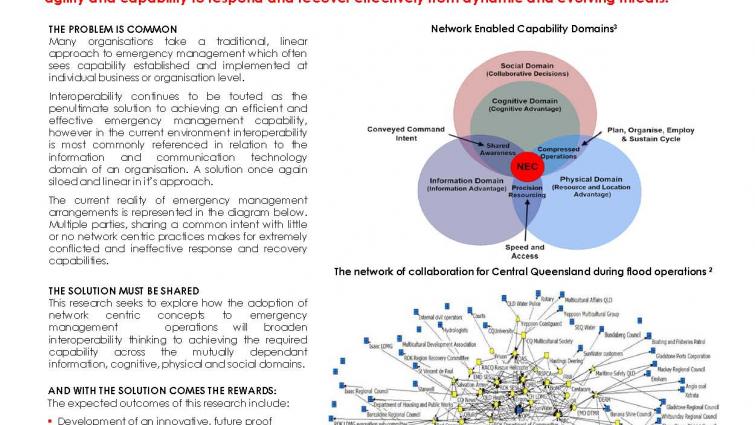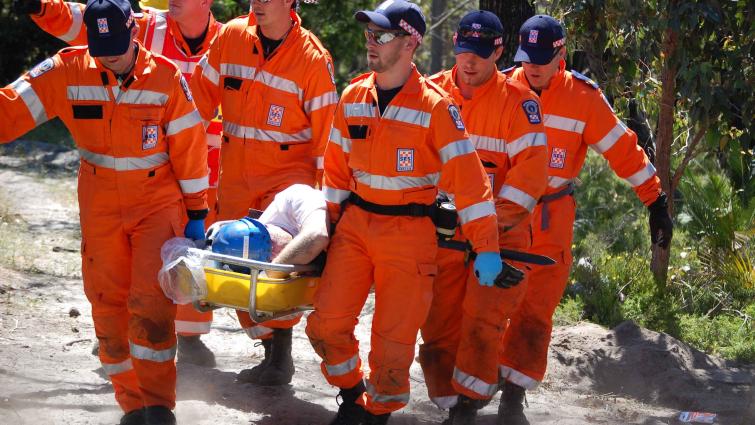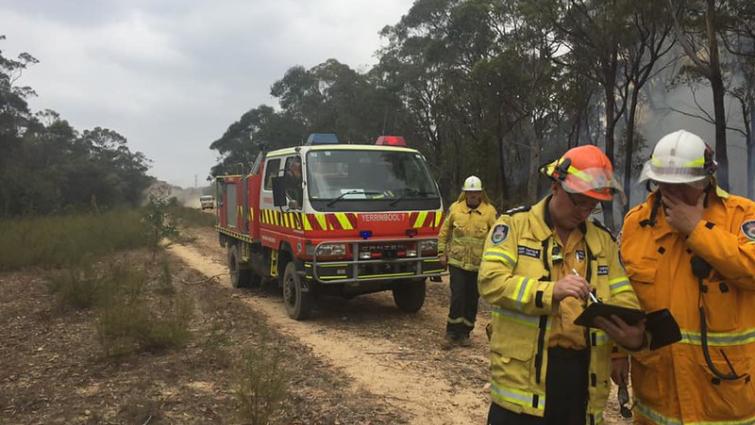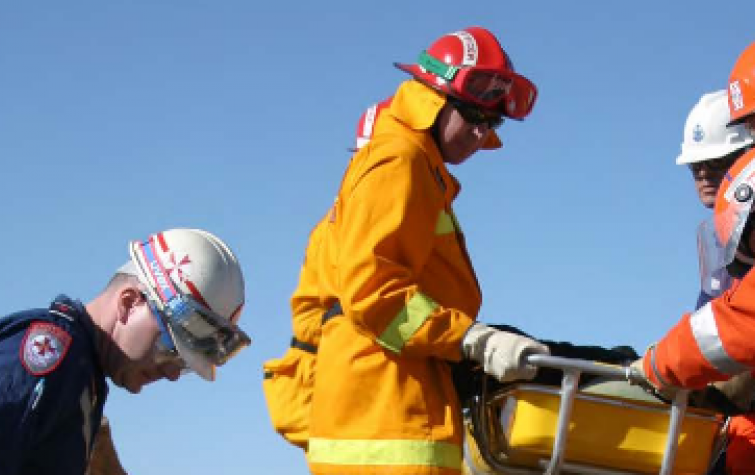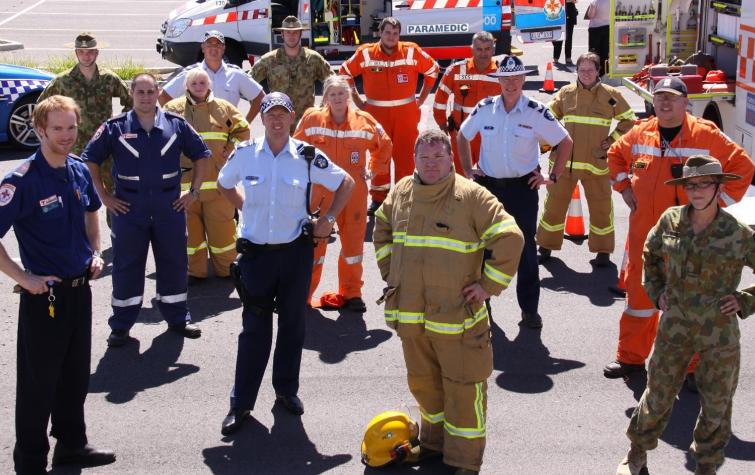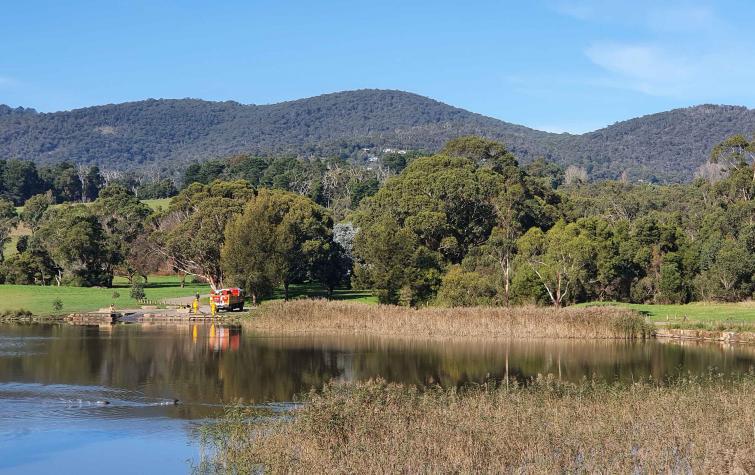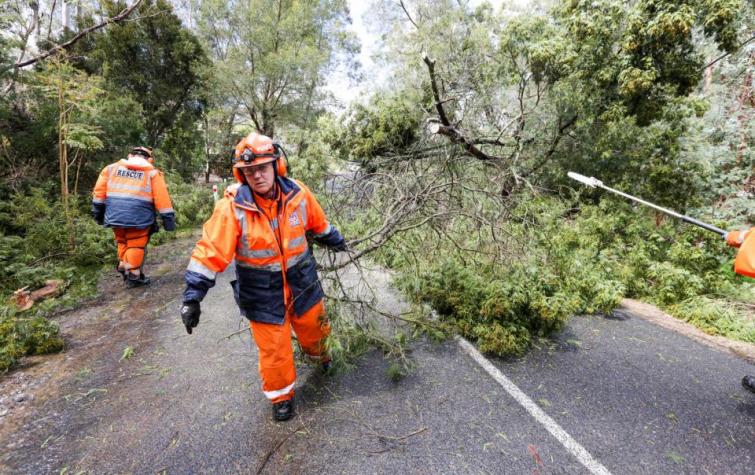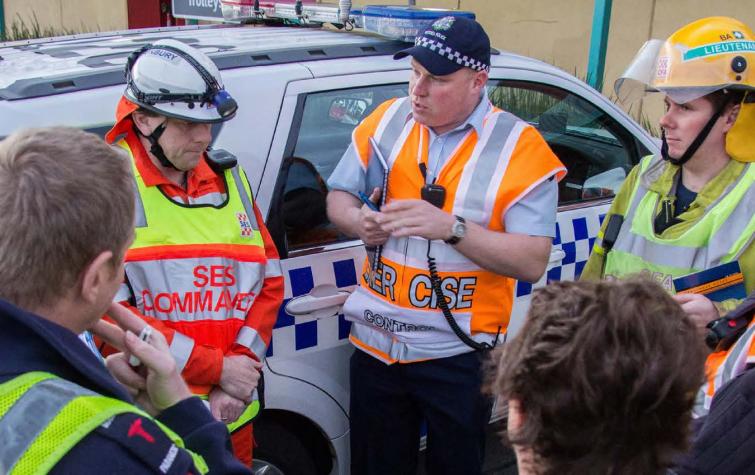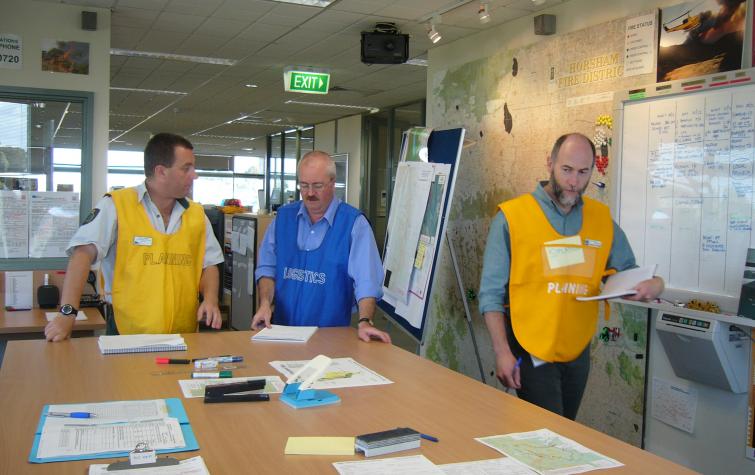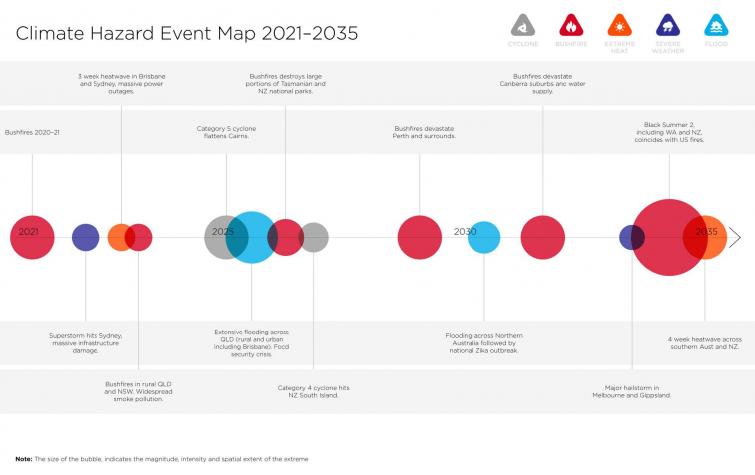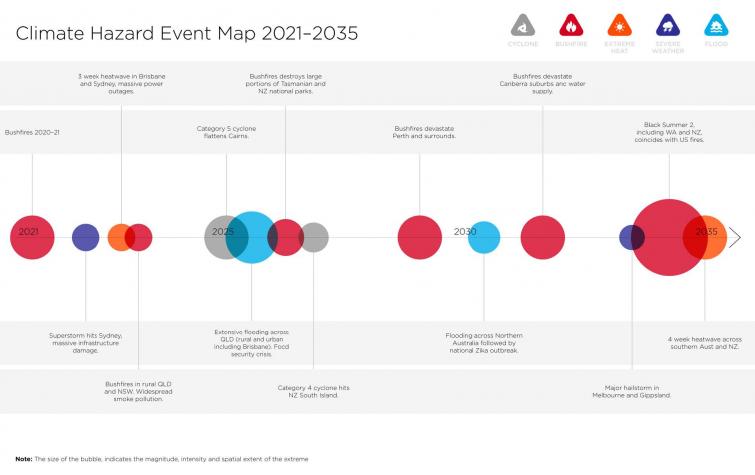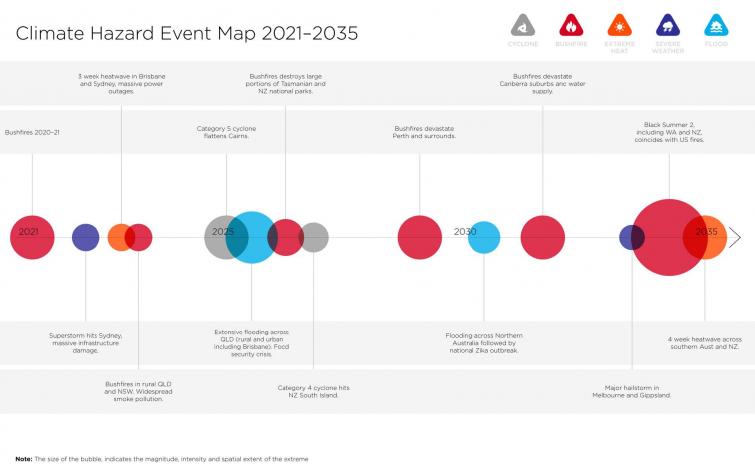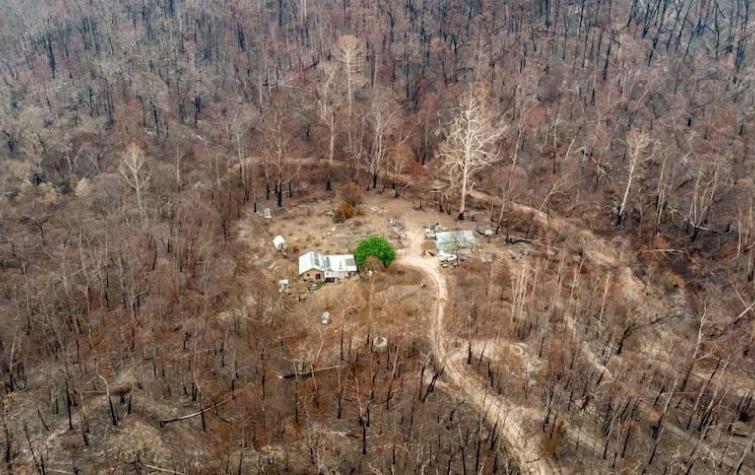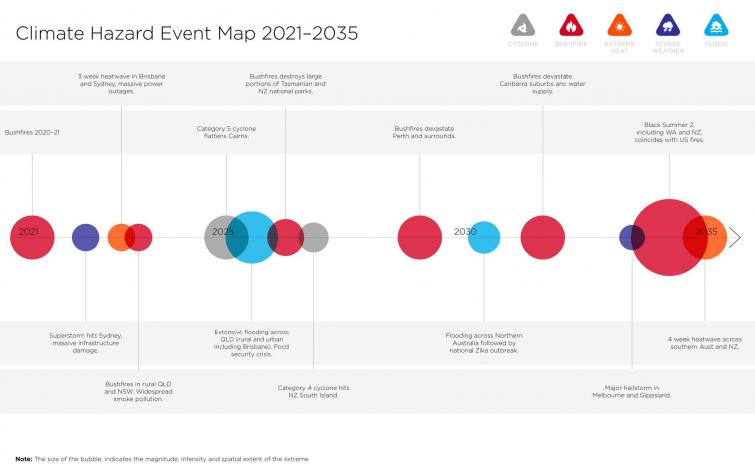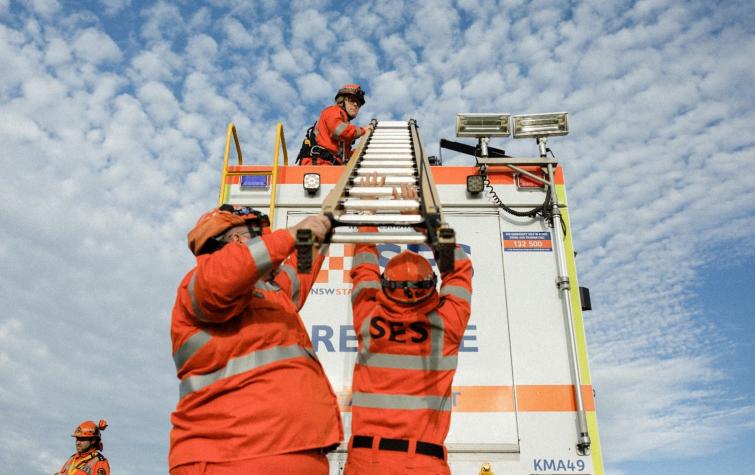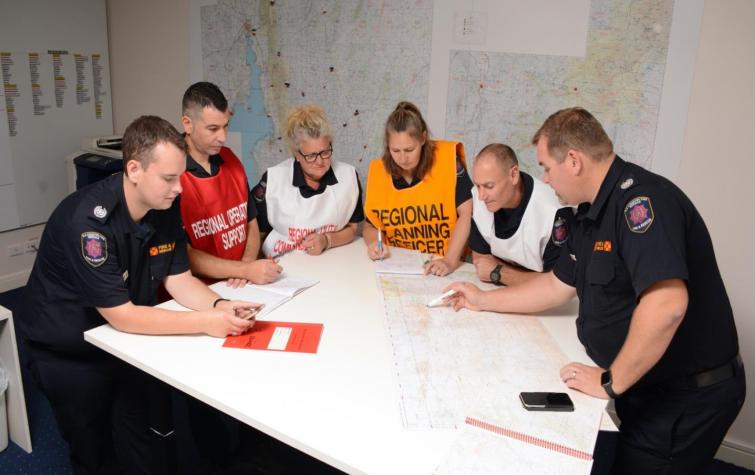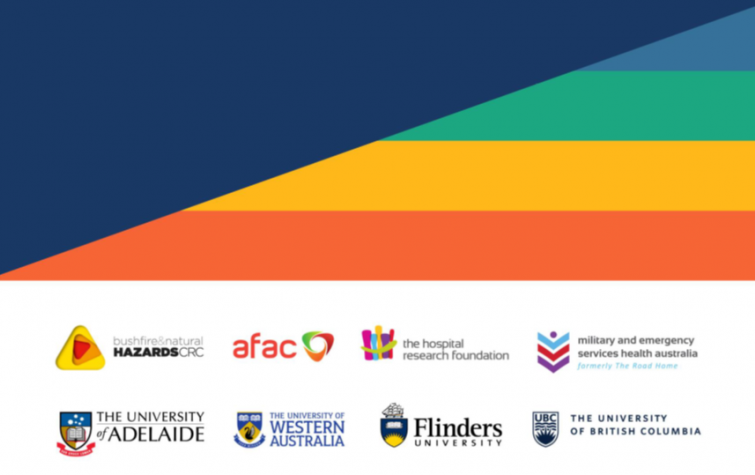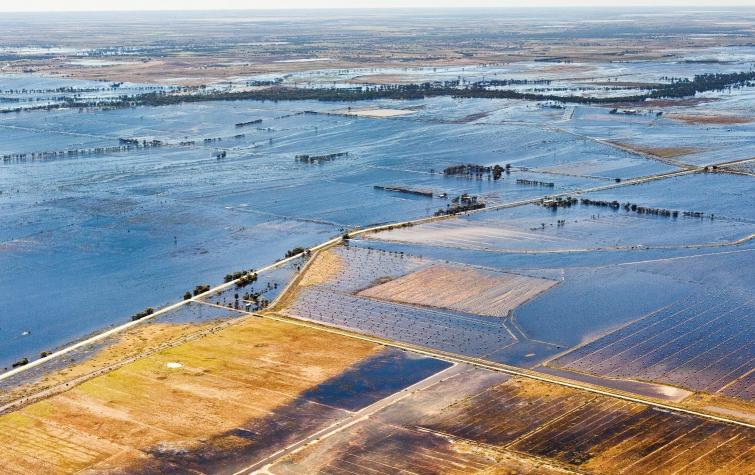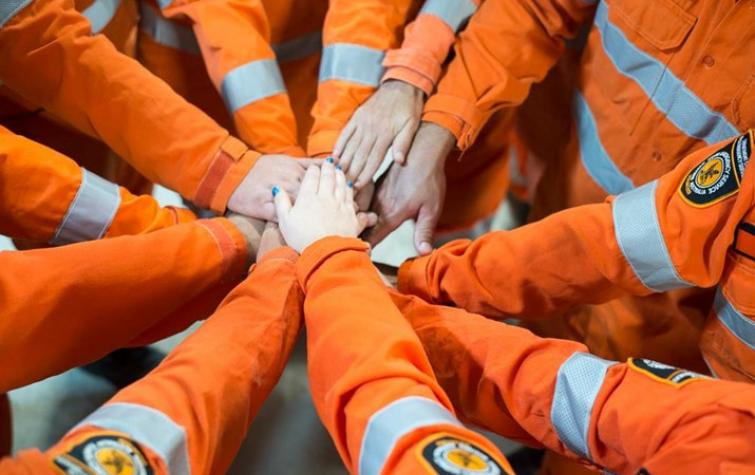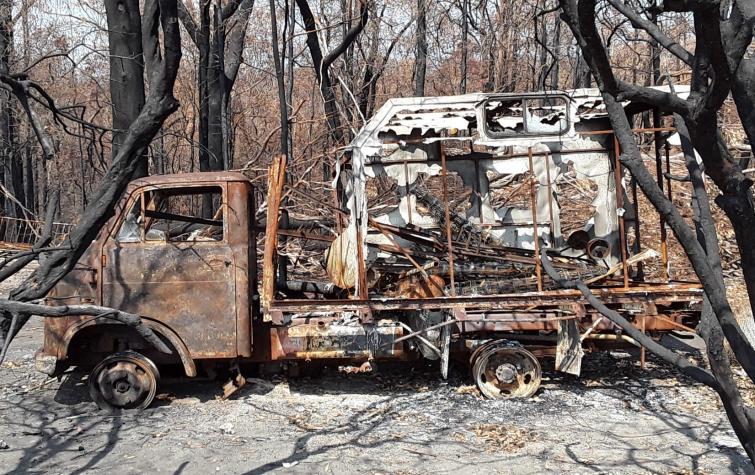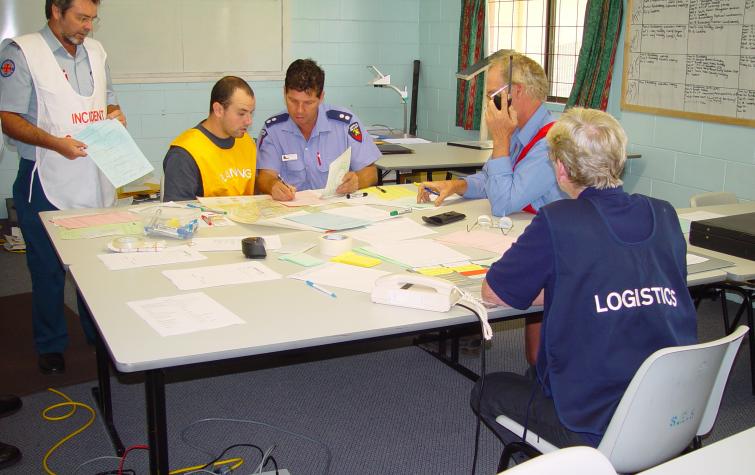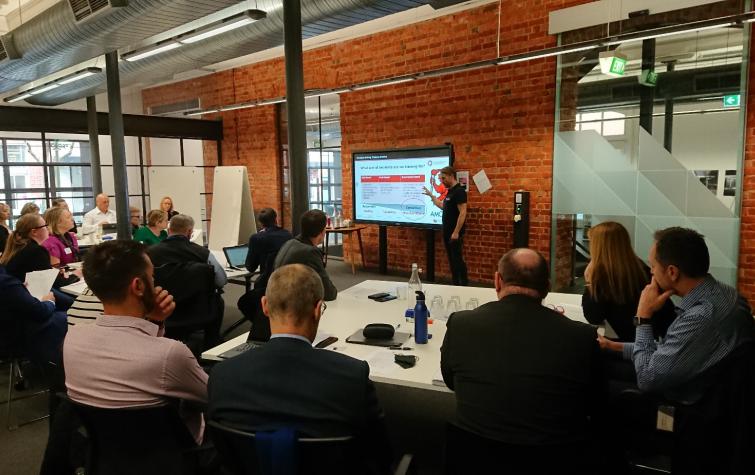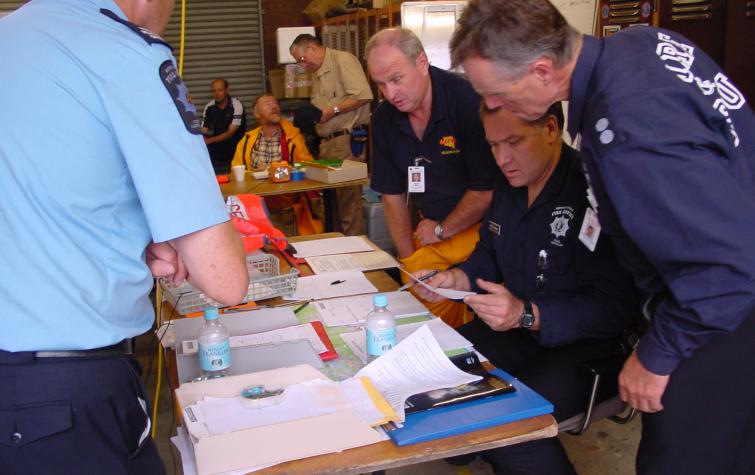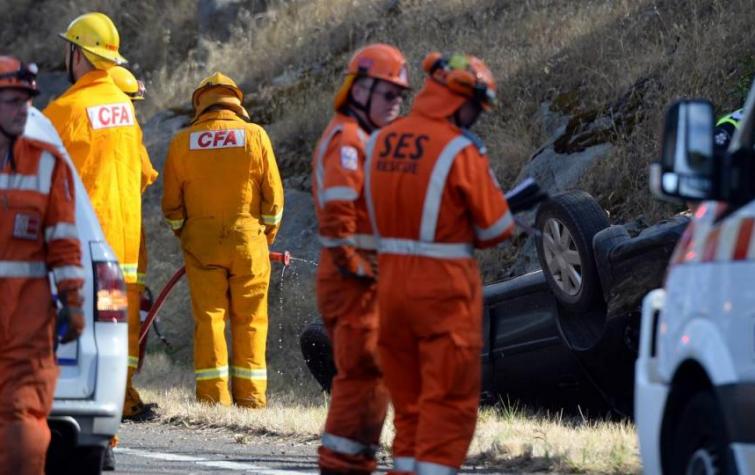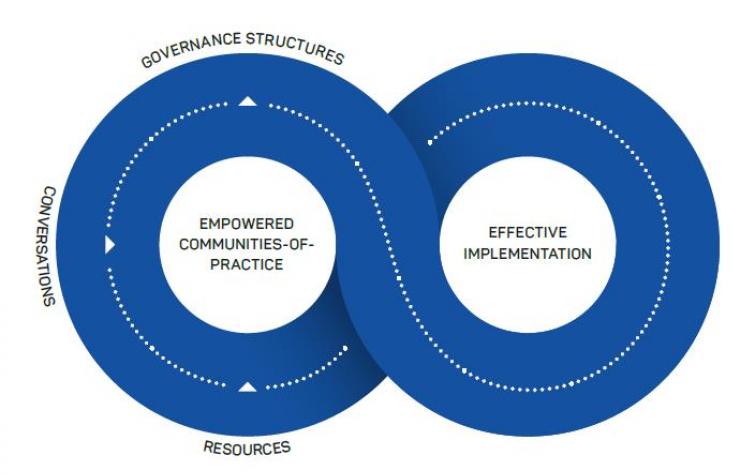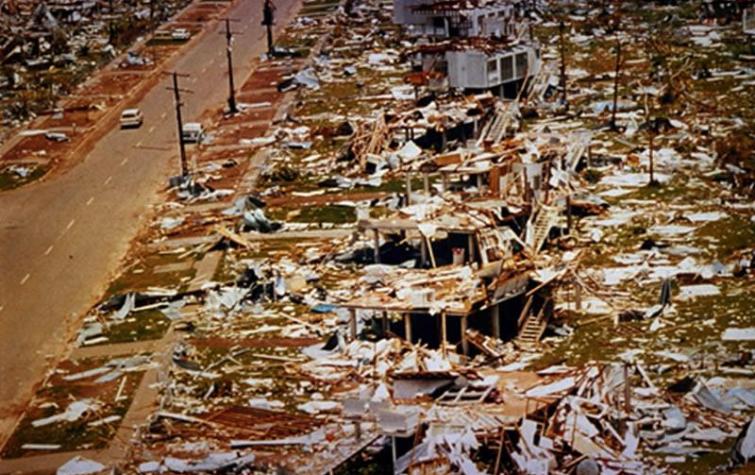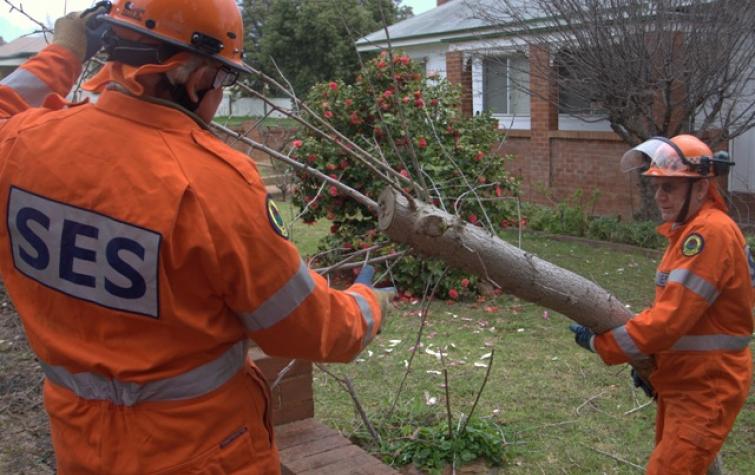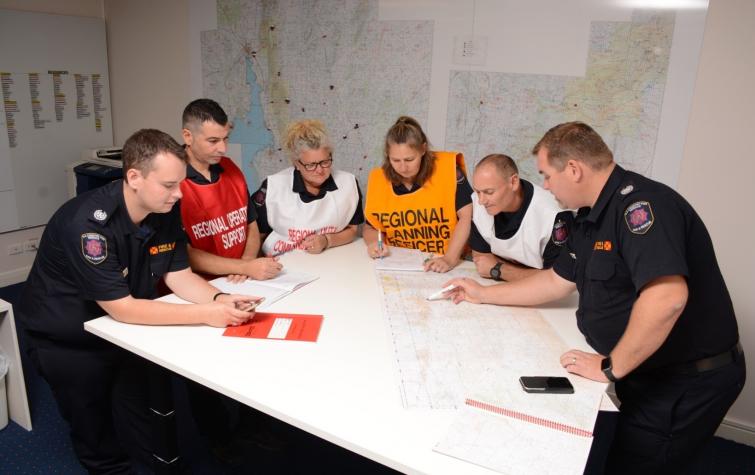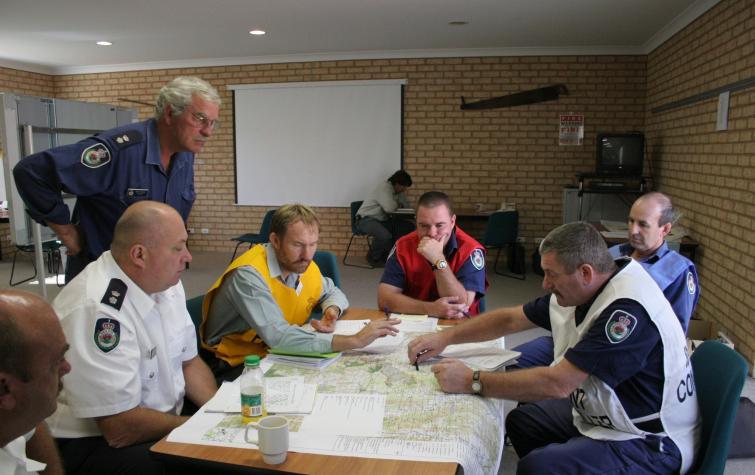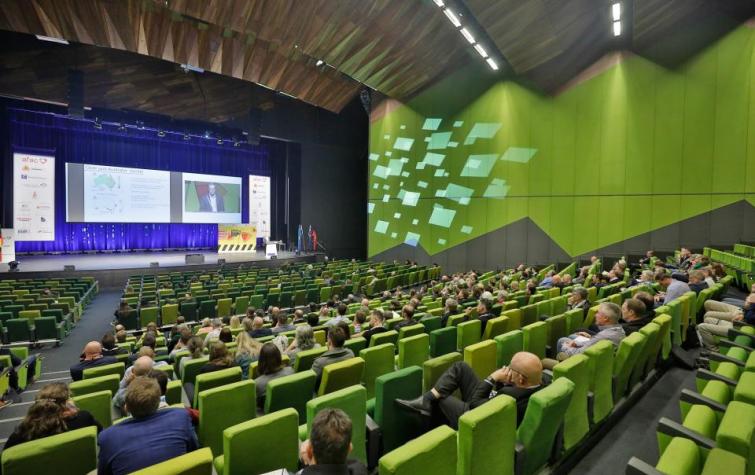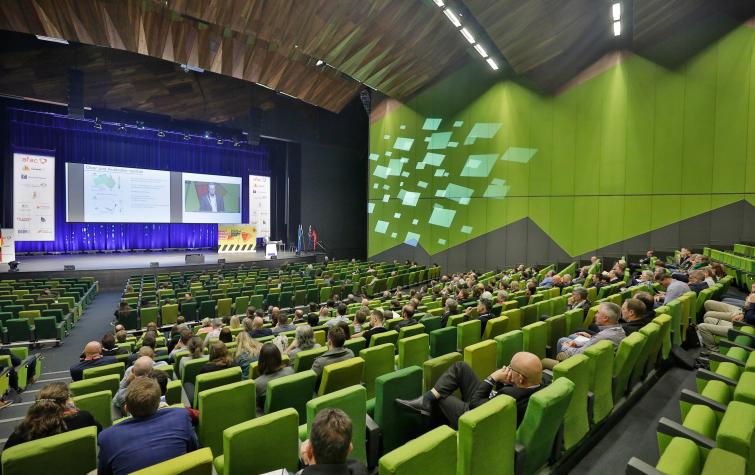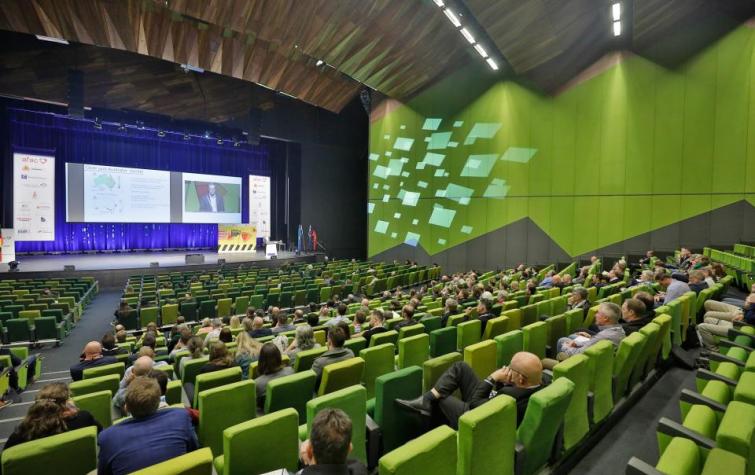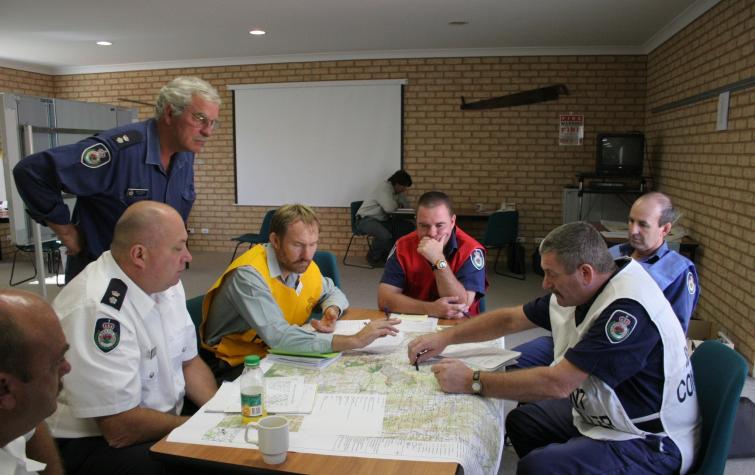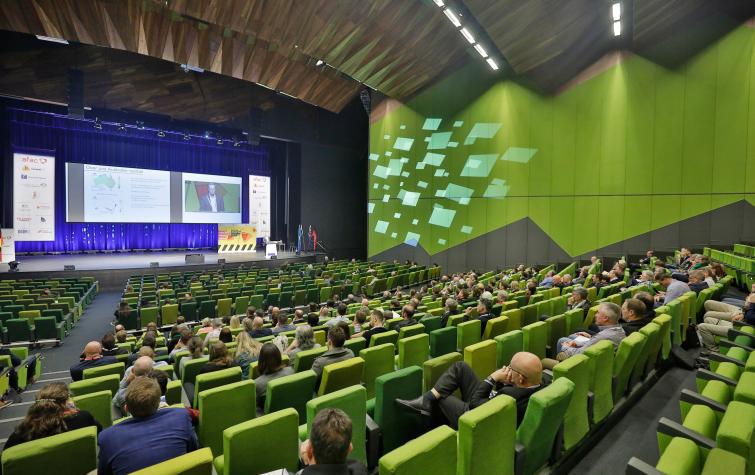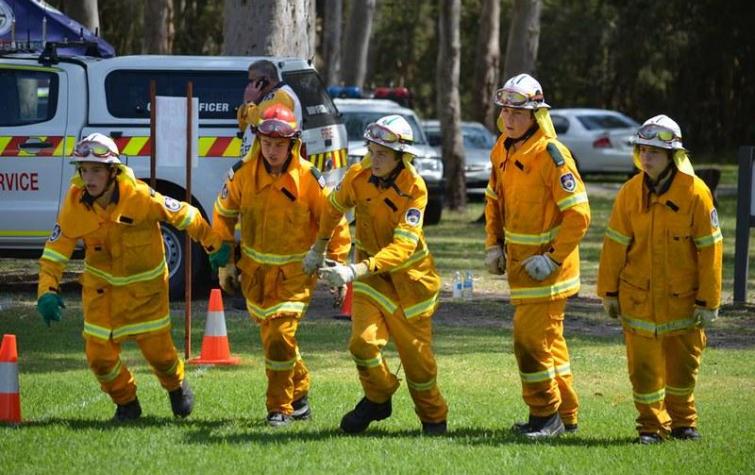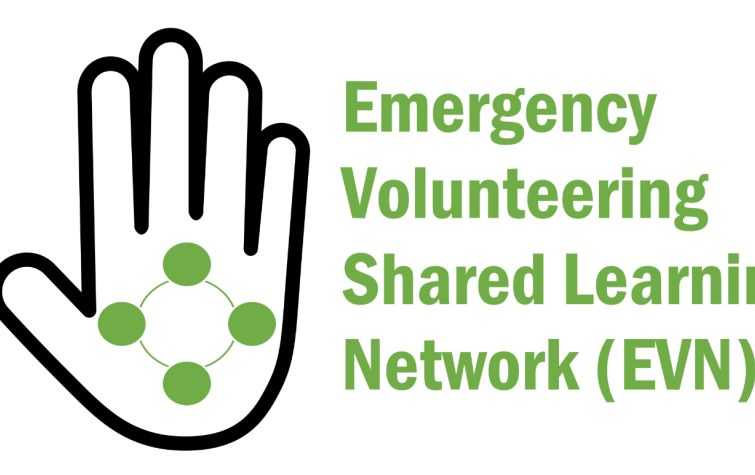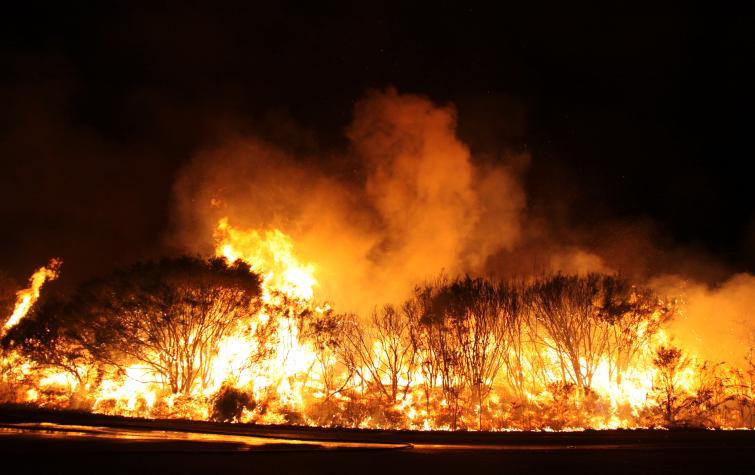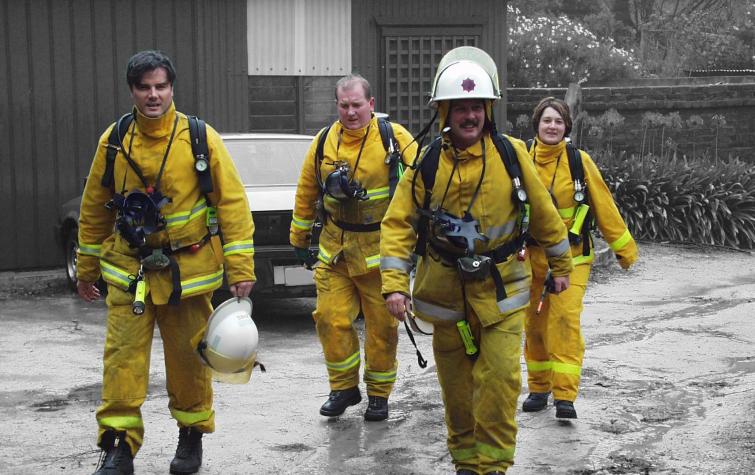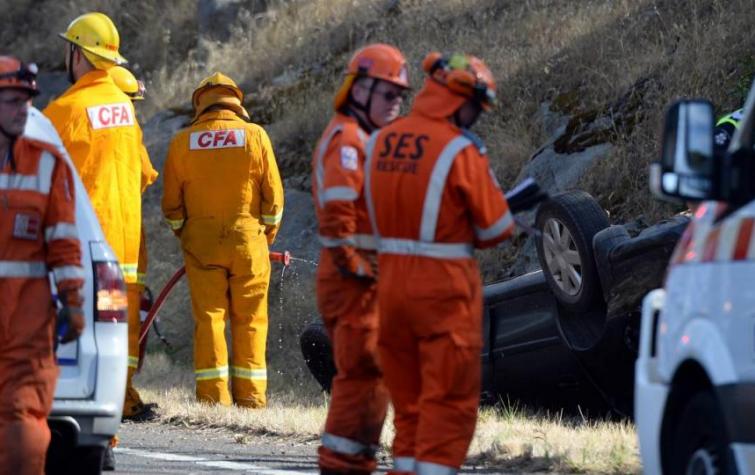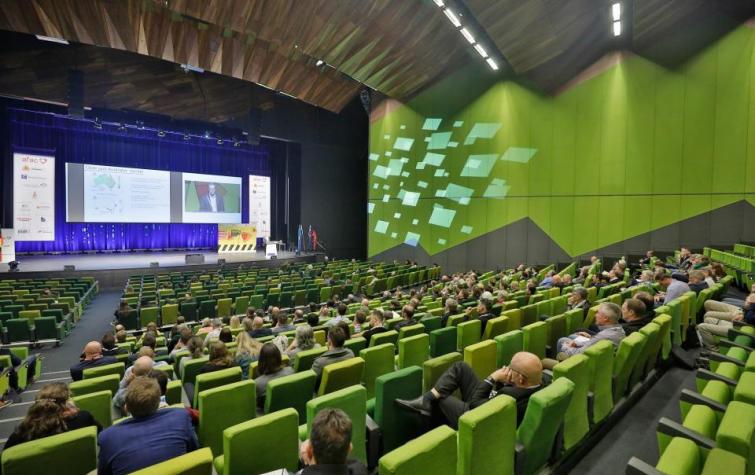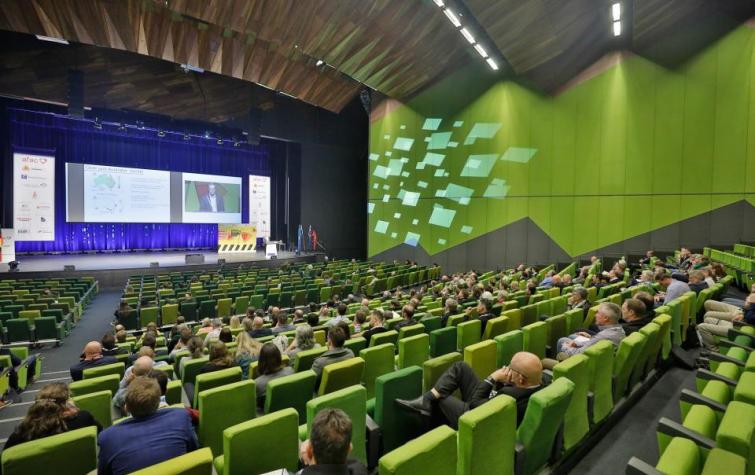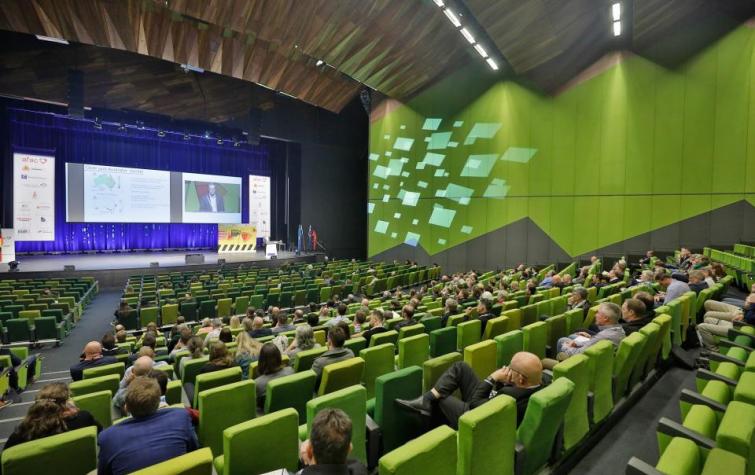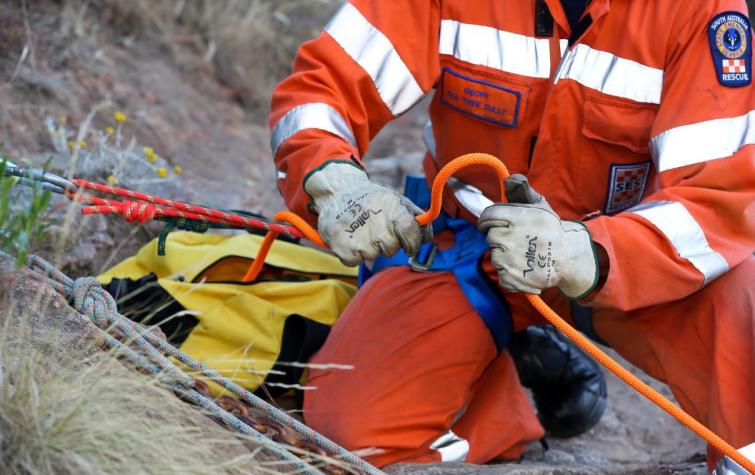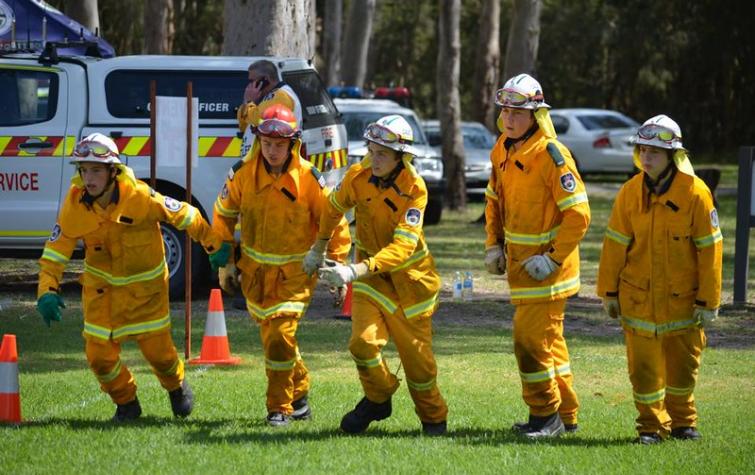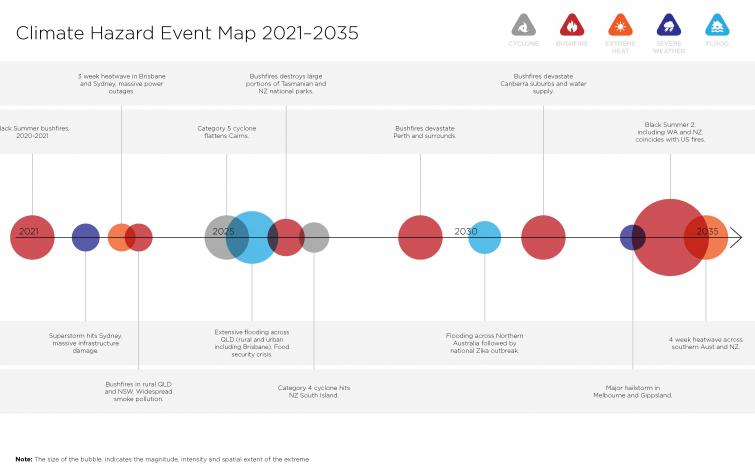
The emergency services workforce of tomorrow needs to be highly adaptable to meet the challenges and opportunities presented by a future where natural hazards are more extreme, longer lasting, and a greater drain on resources, both human and economic.
The Bushfire and Natural Hazards CRC initiated a collaboration between researchers and emergency services agencies, as well as key partners and focus groups – such as the Australasian Fire and Emergency Service Authorities Council Workforce Management Group – to imagine what a future workforce might look like.
Research projects in this theme all explore the ways that contemporary research across Australia is influencing workforce and volunteer management strategies into the future, including issues of recruitment and retention, leadership and decision-making, mental health, capability and planning, diversity and inclusion, and climate change.
Key outcomes now being implemented in partner agencies include a sustainable volunteering toolkit, a set of teamwork and strategic decision-making tools, a diversity and inclusion framework, plausible future scenario resources, a non-technical skills guide and many other tools of value to the emergency managers in government, emergency services and community organisations. Research from the Future Workforce theme has been crucial in the development of important initiatives, such as Australia’s first national handbook on planning for spontaneous volunteers.
Online tools
These online tools were developed with CRC research and are designed to be ready for use. The tools here have been curated for this Driving Change theme. See more tools in the other themes.
CAPABILITY MATURITY ASSESSMENT TOOL
Research has found a lack of knowledge in emergency management regarding collective capability requirements and the ability to manage severe-to-catastrophic disasters.
The Capability Maturity Assessment Tool can be used by state and territory emergency management agencies, and at a national level, to assess the current maturity of capabilities within organisations. It uses a series of criteria that align with the National Disaster Preparedness Framework, and provides an overview of how to strengthen coordinated preparedness for severe-to-catastrophic disasters, especially when facing numerous concurrent or sequential disasters that result in resource conflicts.
The tool is easy to use, can be tailored to specific needs and can be used on a longitudinal basis to assist organisations with measuring and reporting on their preparedness.
A Capability Maturity Assessment Facilitator’s Guide has been developed to support the implementation of the tool.
DIVERSITY AND INCLUSION FRAMEWORK FOR EMERGENCY MANAGEMENT POLICY AND PRACTICE
The Diversity and Inclusion Framework was designed in response to needs identified in collaboration with practitioners across the emergency management sector, including the need for greater understanding of the implementation process and role of inclusion, identification of structures and practices to support that implementation, and possible mechanisms that address a lack of diversity and inclusion.
You can also download support documents that will help you apply the contents of the Framework:
- Learning as we go: developing effective inclusive management presents case studies and examples of best practice and knowledge, to show that organisations are learning and building as they go and that some of the best resources that emergency management services have are their practitioners. It also provides resource materials that have been developed to support diversity and inclusion practitioners. Download it here.
- Young people and the emergency services: working towards inclusive partnerships provides an overview of what is important to young people, their areas of interest and their motivations to engage in their community. It provides strategies (including links to existing resources and checklists) of how to find ways to work with young people, and the skills, attributes and capabilities that young people bring to an organisation. Download it here.
- Building inclusive partnerships with culturally and linguistically diverse (CALD) communities provides basic guidance for emergency services practitioners to support the building of respectful and inclusive partnerships with culturally and linguistically diverse (CALD) communities. It focuses on general guidance that applies when working with all CALD communities, however each community will have its own context and character, so it's important to be mindful of the need to adapt practices to work with each community's specific needs. Download it here.
SUSTAINABLE VOLUNTEERING TOOLS
New evidence-based tools have been created to help emergency volunteer leaders with all stages of volunteer management, including recruitment, onboarding, retention and succession planning. These tools are the product of a partnership between the CRC, Curtin University, University of Western Australia, and Department of Fire and Emergency Services (WA).
The Recruitment and Retention Toolkit for Emergency Volunteer Leaders supports emergency services leaders with their volunteer management practices, including easy-to-use guides about recruiting volunteers for emergency services, supporting new volunteers, volunteer management, emergency volunteer recruitment messaging, and volunteer succession planning.
Access Recruitment and Retention Toolkit
The Recruitment Messaging Toolkit helps recruiters decide what to say to prospective volunteers about the volunteering experience, to boost recruitment and retention. It provides guidance and imagery to use to make sure the messaging is appealing to non-volunteers, while also providing a realistic account of the experience and setting the right expectations.
Before using the Recruitment Messaging Toolkit, it is recommended that you read the instructions.
TEAMWORK TOOLS
Incident management and emergency management teams respond to emergencies day and night. Decision makers in these teams are often confronted with emergencies that are dynamic, complex and uncertain, with several agencies involved. These complex contexts can lead to an increased number of poor decisions and errors being made. It’s important to acknowledge that errors and poor decisions will occur, and to seek and manage them in an informed and systematic way.
Forming part of the Improving decision making in complex multi-team environments project, these six tools – four team management tools and two strategic decision-making tools – were developed to improve teamwork and enable strategic decision making in emergency management.
TEAM MANAGEMENT TOOLS
Emergency Management Breakdown Aide Memoire
This tool assists emergency management teams in dealing with breakdowns in communication. It is a checklist that helps to recognise team breakdowns through their outputs (for example, incident action plans) and formal/informal organisational networks. It also offers a five-step practical resolution strategy.
Team Process Checklist
This tool assists emergency management teams in dealing with breakdowns in communication. It is designed to provide a health check for teams and, if there is a problem, to help determine what the problem is. This checklist helps people think through three aspects of effective teamwork: communication, coordination and cooperation.
This tool is also to download in Spanish here.
You can also download a how-to guide for the Emergency Management Breakdown Aide Memoire and Team Process Checklist here.
Emergency Management Non-Technical Skills
This tool is designed to help emergency management individuals and teams to enhance their cognitive, social and personal skills (known as non-technical skills) to complement technical skills and strengthen individual and team capabilities. It focuses on seven non-technical skills – communication, coordination, cooperation, leadership, situation awareness, decision-making, and coping with stress/fatigue – and provides descriptions and behavioural markers that can be used to determine how effectively these skills are being used and where improvements can be made.
Download the PDF version here.
Key Tasks Cognitive Aid
This tool is a checklist for regional and state control centres. It is designed to prompt leaders during a crisis to ensure their teams are undertaking the tasks that are most important to effective performance. It covers five phases of a control centre’s incident management process: readiness, escalation, coordination, de-escalation, and termination. Within each phase is a checklist that can be used to tick off the key activities required.
Download the PDF version here.
STRATEGIC DECISION-MAKING TOOLS
Psychological Safety Checklist
This checklist can be used to create a psychologically safe decision-making environment. The checklist acknowledges that there are simple strategies to use so that people can feel safe while enhancing or establishing trusting relationships very quickly.
Download the PDF version here.
Cognitive Bias Aide Memoire
This tool can be used by teams to identify cognitive biases in the decision-making process. It is best used for key decisions and involves two steps: 1) assessing available information, intelligence and decisions and 2) determining the meaning of the information, intelligence and decisions.
Download the PDF version here.
TRANSFORMATIVE SCENARIOS IN A CLIMATE-CHALLENGED WORLD
These resources were designed with and for emergency services across Australia and New Zealand, to test their existing strategies and practices against a set of plausible futures that we are likely to see between now and 2035.
The plausible futures are based on the scientific consensus that there will be a continuation of existing climate trends, and an increasing volatility, frequency and magnitude of weather extremes. Each scenario reveals different degrees and combinations of governance (for example, long-term strategic governance) and social cohesion (for example, strong community support).
YOUNG VOLUNTEER POSITIVE MENTAL HEALTH AND WELLBEING RESOURCES
These resources were developed as part of the CRC's Tactical Research Fund project, Positive mental health in young adult emergency services personnel.
Each resource provides practical evidence-based tools to promote positive mental health and wellbeing in young adult (16-25 year old) emergency service volunteers. Developed directly with young people, these can be used at an individual, local and organisational level to minimise the impact of traumatic experiences of volunteering.
The young volunteer positive mental health and wellbeing resources included here are:
- Care4Guide in three formats:
- The Care4Guide PDF booklet can be viewed online, saved or downloaded.
- The Interactive Care4Guide can be completed online.
- The web installer module can be used to embed the Interactive Care4Guide within external systems, including on agency websites (see instructions below).
The Care4Guide is a self-completed guide to positive mental health and wellbeing as a young fire and emergency service volunteer. This guide is designed to be used by volunteers to maintain and practice positive mental health. It can also be used by leaders and organisations to promote positive mental health and wellbeing within fire and emergency services and other volunteer-based organisations.
- The Care4Guide videos and animations can be shared within organisations or on social media to further promote positive mental health.
- The Care4Guide posters can be downloaded, printed (for hanging in organisations) or shared online.
- The Care4Guide social media assets can be downloaded for sharing online, designed especially for social media.
- The Fact Sheets of key findings, highlighting the research-based evidence behind the Care4Guide and other resources, can be downloaded, printed or shared online.
There is also a Young Volunteer Wellbeing Framework and an Agency Implementation Guide, which are both accessible in the project final report, for fire and emergency service organisations to support the mental health and wellbeing of young adult volunteers.
A GUIDE TO NON-TECHNICAL SKILLS IN EMERGENCY MANAGEMENT
A guide to non-technical skills in emergency management was developed as observations from the authors indicated the need to better manage non-technical skills during emergency and incident management; non-technical skills continue to be an area highlighted in investigation reports and inquiries; and discussions with agency partners indicated a a resource like this book would help to educate practitioners deepen their understanding of the non-technical skills literature.
The book seeks to: introduce and highlight the importance of non-technical skills; identify some of the issues and pitfalls that can occur; and describe tools that can help people better manage non-technical skills in operational situations.
The content of the book necessarily draws heavily on research conducted during by the Improving decision-making in complex multi-team environments project conducted between 2014–2021. By writing this book the authors hope to provide a consistent framework that allows agencies to manage the various aspects of non-technical skills in a more holistic way. This also encourages agencies to adopt a shared language to discuss, promote and manage these important but often neglected sets of skills.
The book is designed for emergency management practitioners and instructors who wish to understand more about non-technical skills. This may be because they want to improve their own knowledge and practice or be better prepared to coach, mentor or instruct others. Learning and development practitioners may find the book a useful reference source for developing non-technical skills training materials or for enhancing these skills within more technically oriented training units (for example, teaching communication skills in the context of relay pumping).
Workforce 2030
Australia is undergoing major and rapid changes that will affect how people work and volunteer with the emergency services in the future. So, what are the major emergency management trends and what can be done to prepare emergency service workforces for the year 2030?
The Bushfire and Natural Hazards CRC’s Workforce 2030 Research Advisory Forum, held in 2019, highlighted that the risk profile of the nation is changing, driven by a range of environmental, social and economic factors. In response, the Enabling sustainable emergency volunteering project team collaborated further on Workforce 2030, specifically to build up an overview picture of emergency workforce challenges and opportunities likely to face emergency service organisations over the coming decade.
The research undertaken for Workforce 2030 contextualises and adds to existing research within the emergency management sector. Importantly, it outlines how wider trends and developments from outside emergency management that will play a major role in shaping the emergency services workforce over the coming decade, as well as potential implications.
Four animated videos accompany the overview video and the report, and ask workers and managers alike to imagine ‘what if...’:
- ... emergency services recruitment goes high tech?
- ... volunteer socialisation gets more structured and sophisticated?
- ... volunteers lead the redesign of local volunteer-based service delivery?
- ... team leaders are empowered to unlock the skills and strengths of their age-diverse volunteers in 2030?
The workforces of Australia’s fire, emergency services and rural land management agencies are crucial to Australia’s emergency management capability. These workforces include career and volunteer members, first responders and technical and administrative support staff. Anyone involved in workforce planning can use this research to inform their strategies.
This research can also help planners in other emergency response services, such as ambulance, surf lifesaving and marine rescue, as well as a range of other organisations that coordinate and support the wider emergency management workforce.
Case studies
CRC research is driving change across communities, government and emergency service agencies, as highlighted by the case studies relevant to each Driving Change theme.
Highlights
This collection is a curation of the best and most recent news articles, Hazard Notes, videos, posters, guides, journal articles and reports relevant to this theme.
News
Resources
Publications
Projects
This selection of user-driven projects allows you to explore the detail of the research. These projects, spanning the eight years of the CRC, are especially relevant to this theme, but may appear within other themes as well.

